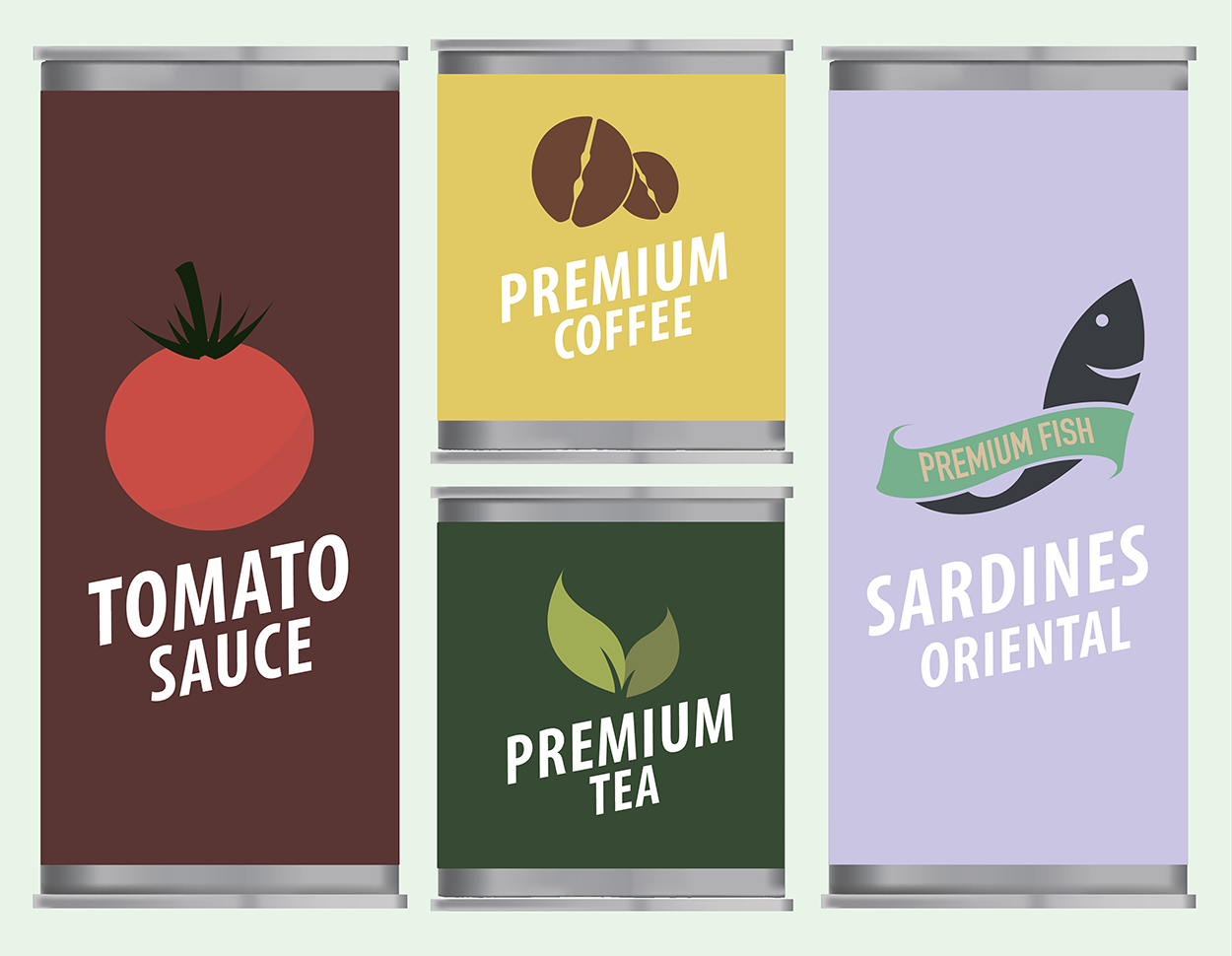This calculator will show you how much money you'll save over the course of your lifetime when permanently switching from any given high priced buying habit (name brand) to its functional, less expensive equivalent (generic or store-brand). Plus, it will also show you how much interest you could earn if you were to invest all or part of those savings as you realized them. As you're about to see, "a penny saved" can REALLY ADD UP!
Current Cambridge High Yield Savings Account Rates
We publish current Cambridge savings & CD rates. Savers can use the filters at the top of the table to adjust their initial deposit amount along with the type of account they are interested in: high interest savings, certificates of deposit, money market accounts and interest bearing checking accounts.
What Value Hides Behind a Label?
The smorgasbord of choices we are faced with at our regular grocery store visit can be truly boiled down to one effective dichotomy of decision, at least for the purpose of this calculator. To name brand or not to name brand? When faced with two versions of essentially the exact same thing – one can of Jolly Green Giant Sweet Whole Kernel Yellow Corn versus one can of Western Family Sweet Whole Kernel Yellow Corn, for example – and one is cheaper and one more expensive, which one are we going to put into our cart? Always the less expensive one, of course, wouldn't you think?
Alas, because of the vulnerable factors such as brand loyalty, coupon savings, sales, and peer pressure, this is not always the case. Kids demand only the cheesiest Kraft macaroni and cheese box instead of the generic version, consumer coupons sway shoppers to buy the name brand with a coupon which (even with the discount) still ends up being more expensive than what they would have paid for the generic product, and consumers are unsurprisingly dedicated to brands that they have been eating for many years.

Why Make the Switch?
However, once you see the financial benefits you might be able to reap from switching permanently from the brand name to the generic, you will realize that it is far more than a 40 cent savings here and there, but an entire empire of undiscovered cash that you will find. Saving small amounts on frequent purchases adds up big time, especially when you put all of your savings from this one arena of domestic life together to make up an investment that will come back to reward you greatly for your efforts.
Let us examine the story of a household who purchases 8 gallon jugs of milk per month to keep themselves happily eating cereal for breakfast each morning. Say the brand name runs about $3.75 a gallon, while the generic store brand costs about $2.99 a gallon on average, disregarding sales and coupons. If the household shopper were to dedicate themselves at age 35 to only buying the generic brand for the remainder of their years (we'll have this theoretical head of household live until the ripe old age of 90) they would end up saving a total of $6,686.12 over their lifetime in milk costs alone. This is the total future value of the figure that has been saved saved by buying the generic brand of milk and then invested into a savings account with a 4% interest rate. By virtue of this calculation, the head of household would be able to draw a handy $22.29 per month during their retirement, as the investment would be worth approximately $4,222.34 at age 65.
Through this computation, it is clear that the savings that you will realize on repeated household purchases can make a vast difference in your investment potential and even in your retirement plan. If you knew that your current choices of canned corn, milk, and cereal were going to significantly influence the quality of life you are able to afford in your old age, wouldn't you opt for the generic brand over the national brand every time?
 Calculate Generic Store-brand Savings
Calculate Generic Store-brand Savings